Last updated: October 30, 2020
Article
Dialogues Further Environmental Solutions and Racial Inclusion at Golden Gate
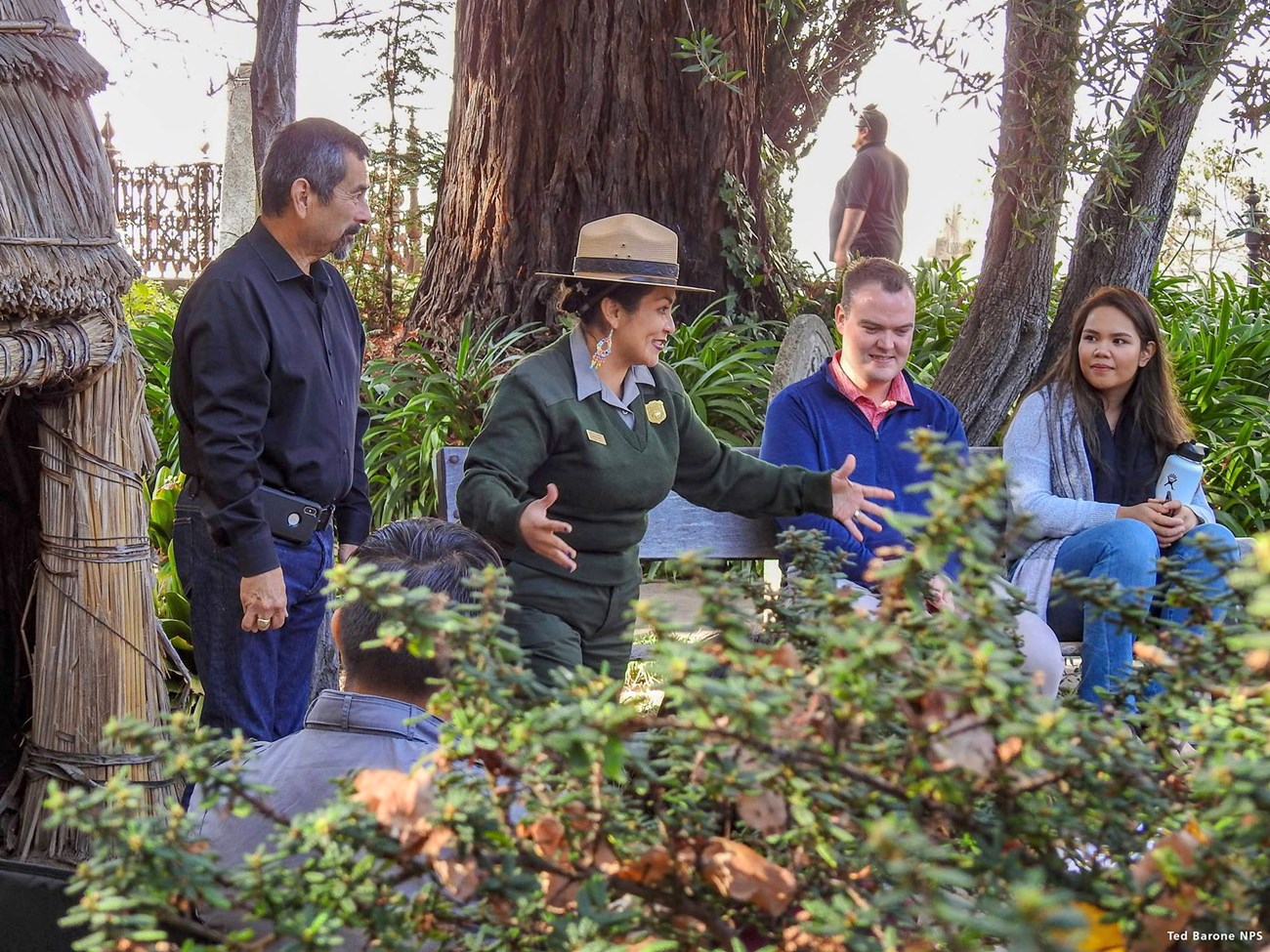
NPS / Ted Barone
October 2020 - The Racial Justice protests across the world this summer have put a renewed focus on Environmental Justice efforts that have been taking place for decades. Communities of color continue to be at the highest risk for health impacts of local air and water pollution, and the deadly impacts of climate change like flooding and triple digit heat. According to Yale Climate Communication, African American and Hispanic/Latino communities care about the environment and climate change more than their white counterparts. They’re also more likely to get involved. Why then, do people of color seem underrepresented in some climate solutions and “environmentalism”? And how can Golden Gate National Recreation Area (GGNRA) shift messaging around climate, the environment, and natural resources to be more inclusive of Black, Latino and Indigenous people, and other marginalized groups?
Golden Gate has an active Diversity, Equity, and Inclusion (DEI) committee that focuses on increasing representation of minority groups in hiring and retention at the National Park Service. Since 2014 the committee has been serving hundreds of staff at Golden Gate through hiring, education and events. Among the DEI programs is Allies for Inclusion which is “dedicated to fostering mutual respect and inclusion of all team members…” through facilitated conversations.
After attending an Allies for Inclusion Dialogue on Environmental Justice, GGNRA Sustainability Coordinator Laura Castellini wanted to hear more about how climate solutions could serve diverse populations. “You can’t talk about environmental solutions without talking about social justice issues. We need as diverse of a coalition as possible to address both these topics. In the park we are perfectly poised to do that.” The GGNRA Green Team partnered with Allies for Inclusion to hold a dialogue series at the intersection of environmental solutions and racial inclusion. The Environmental Allies dialogues were held on August 24th and September 2nd, and had about twenty team members attending each. These dialogues are modeled on the Arc of Dialogue process, and were led by skilled facilitators, Wendy Solis, Hector Falero, Giessell Aguilar and Gabriella Dunn.
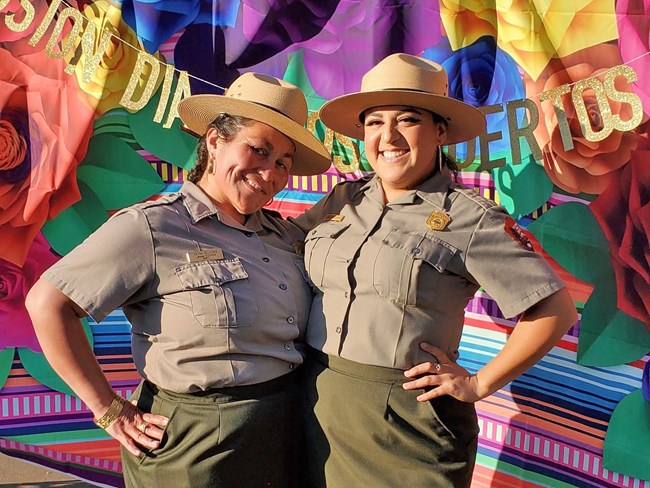
Who is an Environmentalist?
Fatima Colindres, a park ranger who leads outreach programs at Golden Gate, described her experience growing up with her Salvadorian family in the Mission District of San Francisco. Her mother grew edible plants in their small home, composted food scraps, and reused materials. They used public transit, frequented thrift stores, and reduced waste by repairing their belongings. Yet she, and her family, never used the title “environmentalist”, or recognized the practices that kept their carbon footprint so small as “green”. Colindres’ family illustrates what researchers have found, that lower income homes in the US produce up to 15 times less greenhouse gas emissions than very affluent ones.
While some people take pride in reducing their carbon footprint, others do so out of necessity to conserve the resources they have available. Economic barriers to adopting popular climate solutions, such as solar power or electric vehicles, can limit people’s engagement, and influence who is perceived as an environmentalist. Successful communication about sustainable solutions by interpreters and other public facing park staff depends on acknowledging diverse perspectives and backgrounds, and celebrating what visitors are already doing within their means.
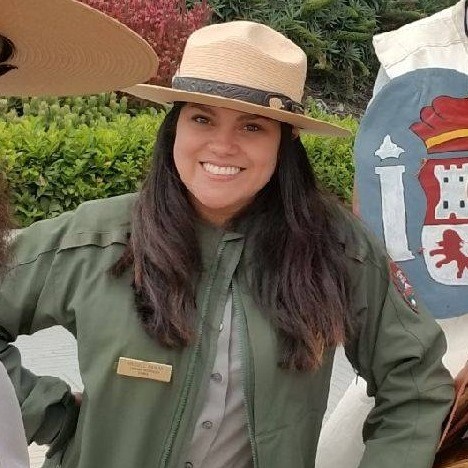
NPS
Positive memories of public spaces
For many, the first step in caring for the natural world is having a personal connection with it. “Today there is an awareness of how to make our parks more inclusive,” reflected Wendy Solis, park ranger at Alcatraz. Her early memories of the outdoors were family barbecues in the delta area of the East Bay. Solis shares, “There is no right or wrong way of experiencing our public lands. If you had a Latino family in a place like Yosemite Valley playing music and barbecuing, it might not fit the...unofficial way of how to be ‘outdoorsy.’” Personal connections to nature are influenced by cultural context, identity, and importantly, how welcome people feel in their public lands.
Giessell Aguilar, Park Ranger and Interpreter at Muir Woods, recalled when a visitor asked if she could take a photo of Aguilar and her colleague standing in front of the entrance arch. The visitor was a latina woman and she was moved to tears, “I have never seen two latino park rangers together before.” Aguilar’s story illustrates both the success of GGNRA in hiring a diverse work-force, and the importance of representation in people of color feeling welcome. A 2007 study by Nina Roberts, Professor at San Francisco University, found that representation of minority groups in park staff, specifically as rangers, helped visitors of those groups feel more welcome at the parks. Being a latina park ranger can be difficult, Aguilar shares, but that experience “made my year.”
Valuing longstanding contributions
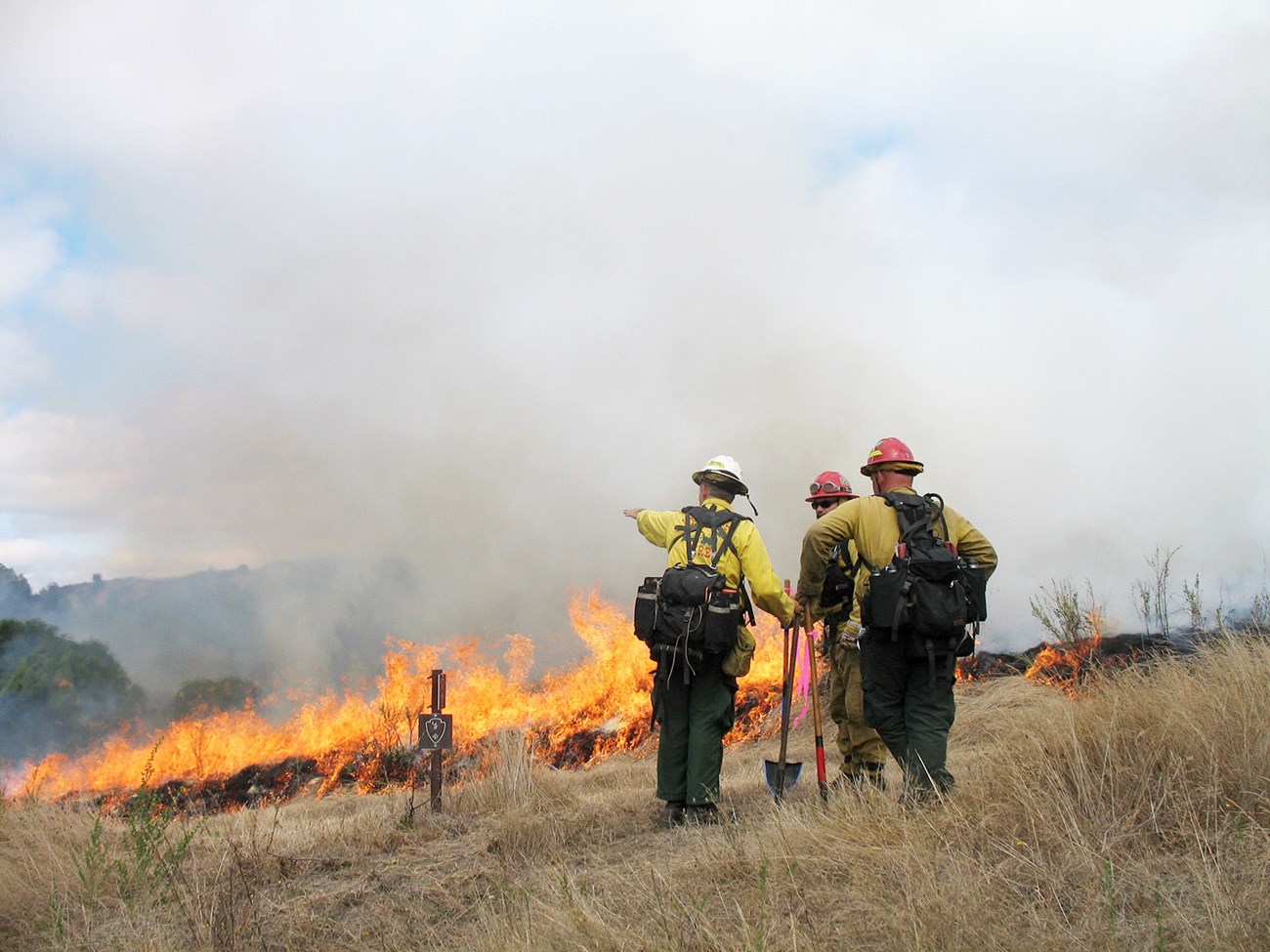
Indigenous people have been on the front lines of protecting and maintaining natural resources for millenia. Recent wildfires in California have vividly illustrated the cost of devaluing diverse environmental practices. In contrast, fire management at Yosemite National Park, for example, recognizes the indigenous knowledge of prescribed fires as a way of maintaining forest health. It’s important to note that native tribes in the 19th century were criminalized for practicing controlled burns, and the usefulness of these burns were dismissed or feared by white settlers. Over a century later, California’s political leadership is seeking out tribal guidance to inform fire agencies as they prepare to conduct millions of acres of prescribed burns in the state. Cal Fire’s Jonathan Pangburn speaks to this cultural shift, “it’s about learning and designing our communities to live with fire in a healthy manner.”
When people of color are considered valuable contributors to environmental dialogues, solutions benefiting everyone can emerge faster. Betty Reid Soskin, a 99 year old park ranger at Rosie the Riveter WWII / Home Front National Historical Park and a black woman, reflects on the importance of representation in our National Parks. “What gets remembered is determined by who is in the room doing the remembering.” The same could be said of conversations about the future and who is envisioning it.
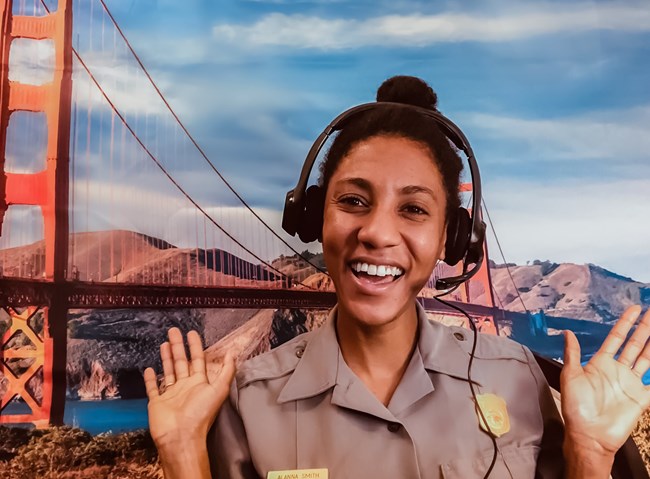
Dissolving biases and building trust around these complex issues takes time and intention. GGNRA and the Golden Gate Parks Conservancy are committed to continuing that work through the DEI committee, outreach programs, cross-departmental relationships, and hosting regular dialogues like the Environmental Allies. National Park Service and Parks Conservancy staff may join additional Environmental Allies Dialogues will be held on November 3 & 4, and November 10 & 11. To register, contact Hector Falero at hector_falero@nps.gov.
